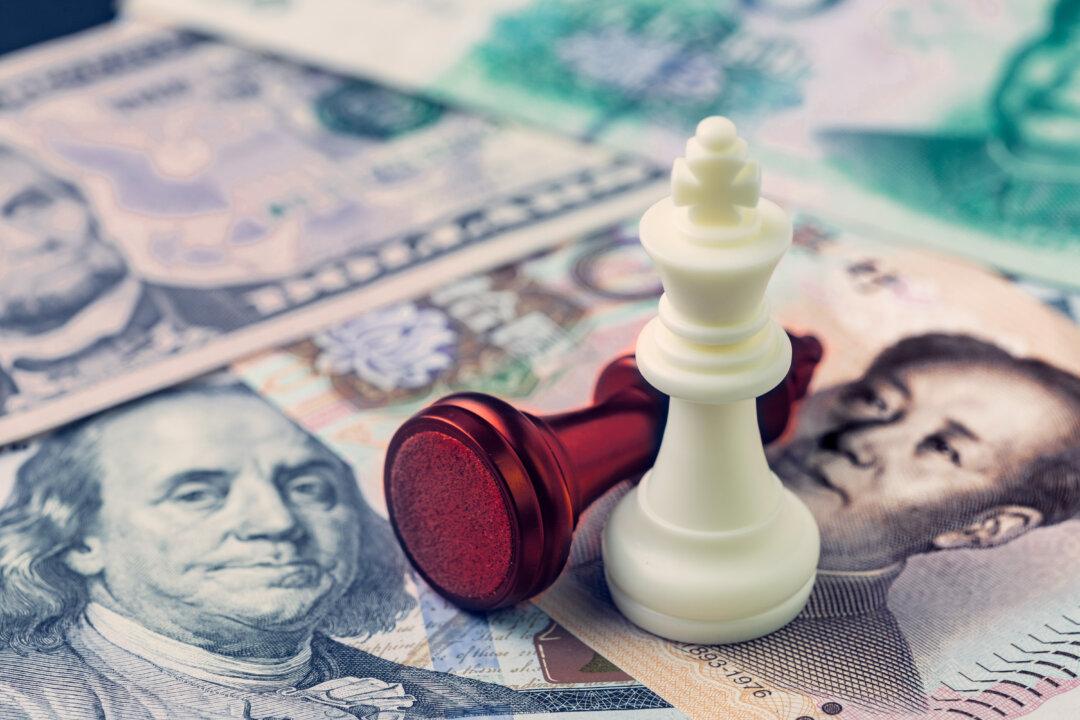If you take a standard economics course, such as macroeconomics or money and banking, you will learn that prices are regulated by government-controlled central banks using their power over something called “the money supply.”
Such textbooks rarely mention what happened before central banks existed (the U.S. Federal Reserve system was only created in 1913) or before they were nationalized and came under government control, as occurred with the Bank of England only in 1946. Furthermore, these courses’ descriptions of some of the key processes for typical central-bank operations are purely mythological, bearing no resemblance to reality.





